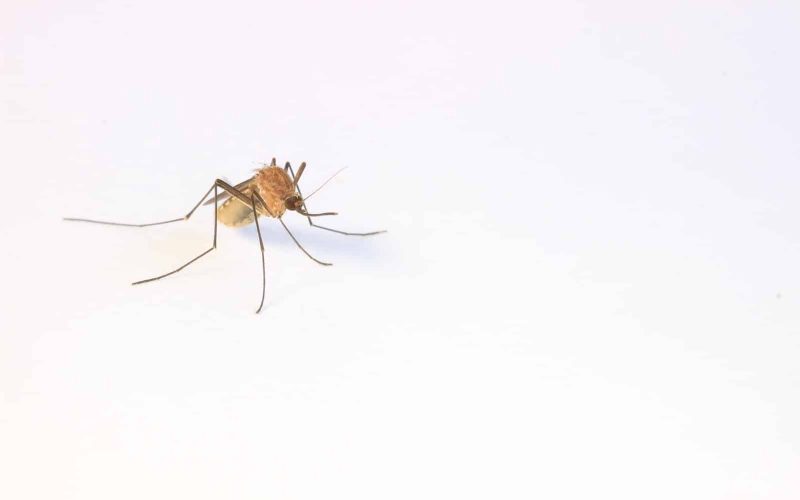Do you realize that not all mosquitoes are equal? In actuality, there are over 3,500 different species of mosquitoes in the world, and each has its distinct traits and activities.
Knowing the different types of mosquitoes is crucial to safeguard yourself from mosquito bites and their diseases.
Mosquitoes are dreaded creatures that may disrupt outdoor activities and carry illnesses.
But not every mosquito is equal. While some species are more common in particular areas, others have different feeding and mating preferences.
This article will look at the different types of mosquitos and their characteristics. Read on!
1. Aedes
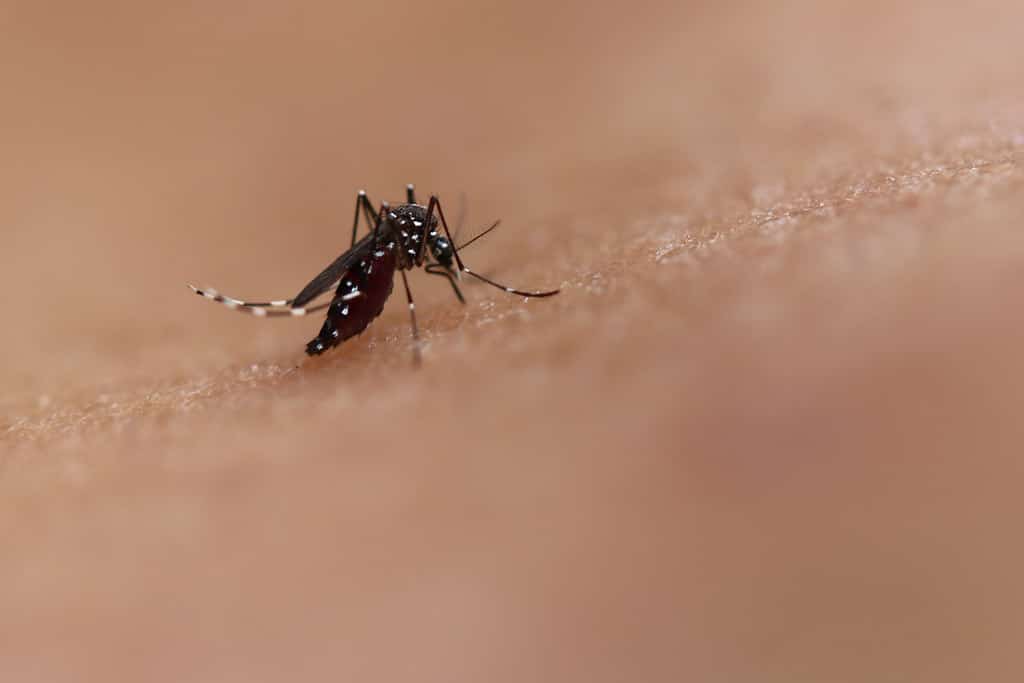
Aedes mosquitoes are one of the most dangerous species of mosquito. Found in tropical countries, they transmit diseases like Yellow fever, Dengue, and Chikungunya.
Aedes mosquitoes thrive in standing water and enter homes through gaps or open windows.
To protect yourself from Aedes mosquito bites, use a powerful mosquito repellent lotion or roll-on.
Yet, if you’ve contracted a disease from this species, detect the symptoms as early as possible and start treatment.
You can use chikungunya home remedies early to curb the infection before it gets too severe.
But the best is to take safety measures beforehand by using effective repellents such as those available in roll-on and lotion forms.
It is also important to re-apply them regularly. Then, block all openings around the house to prevent them from entering in large numbers.
2. Anopheles
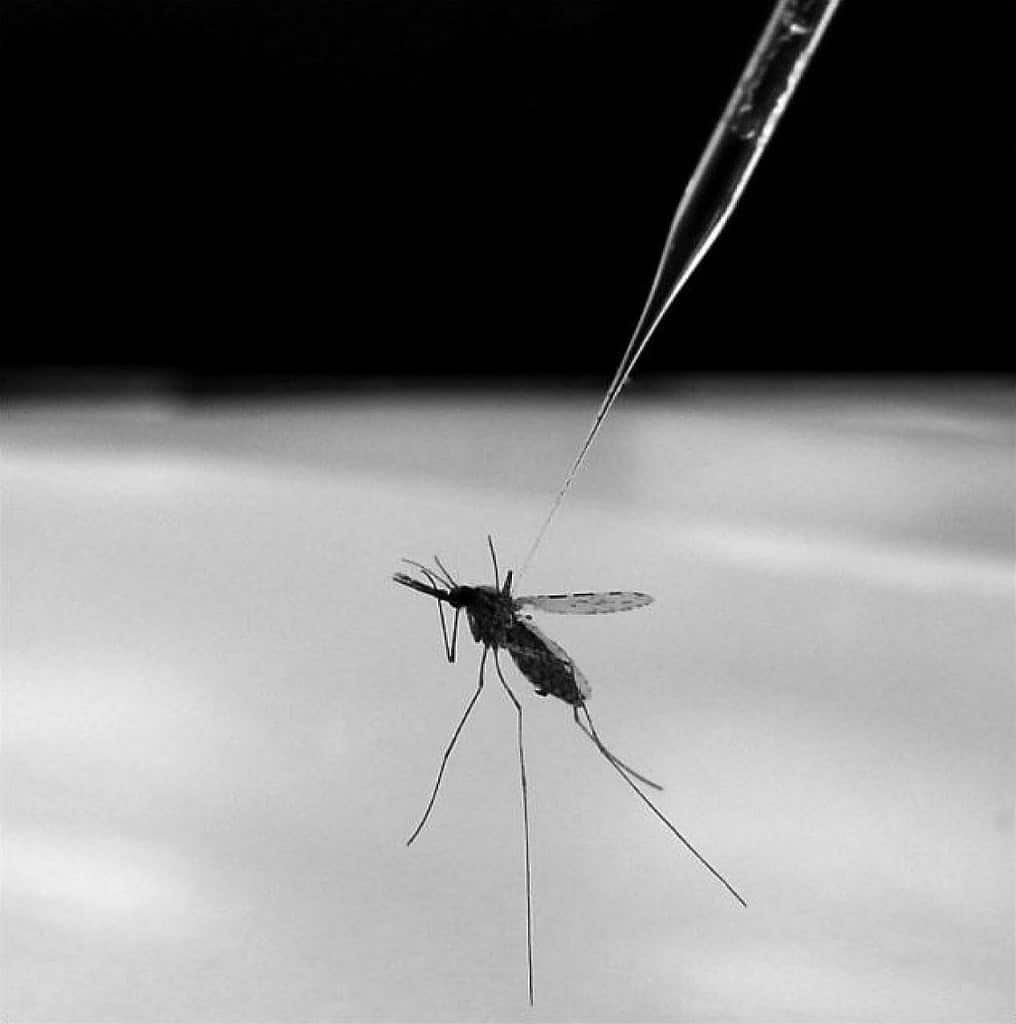
Anopheles mosquitoes are among the different types of mosquitoes. They comprise about 460 different species and are the primary vector of malaria.
In fact, this mosquito species has been responsible for the death of millions of people worldwide.
Adult Anopheles mosquitoes are active and always ready to feed, as they prefer human hosts.
Comparatively, Culex Pipiens bite during both day and night time. Yet, these pests tend to be most active after sunset.
Further, anopheles mosquitoes rest inside objects like clothes in offices and homes, which can cause an outbreak if not addressed on time.
Thus, keeping your environment clean and free from stagnant water sources would be best.
3. Mansonia
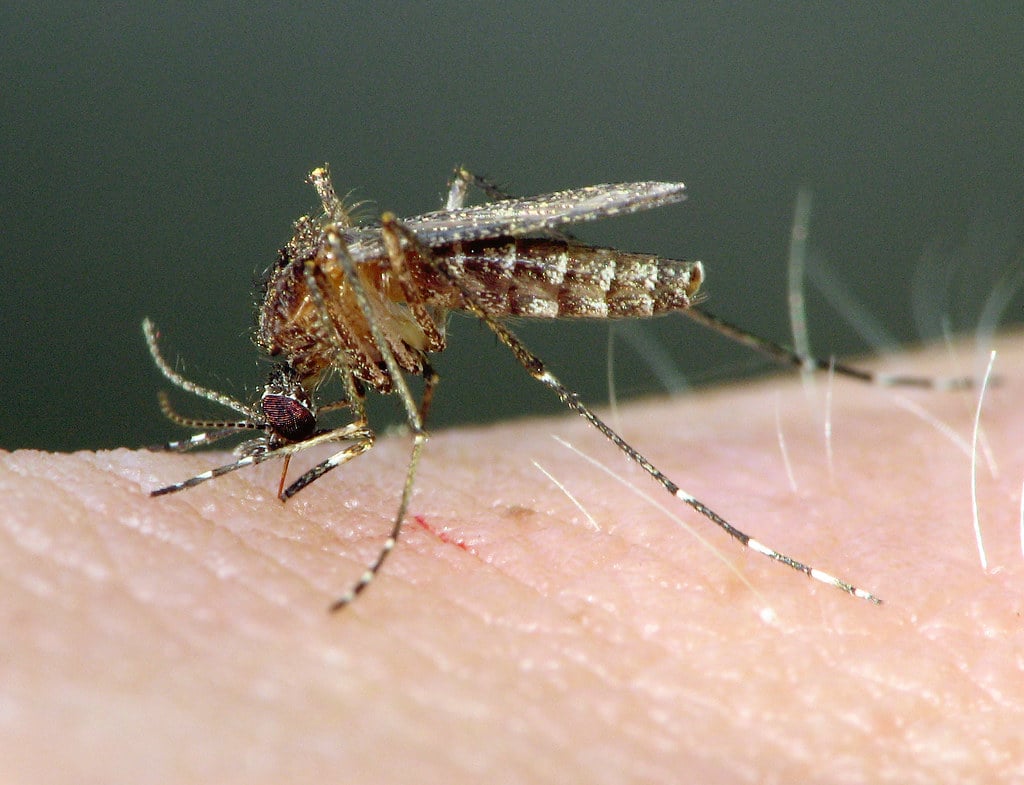
Mansonia mosquitoes are easily identifiable because they’re large. They have distinct black or brown shimmering wings with long legs.
Also, they have a broad distribution range in all continents except Antarctica and generally prefer wet, swampy habitats near freshwater sources.
Mansonia mosquitoes are active during the evening hours when the air is cooler.
Though they can transmit encephalitis, such events rarely occur due to their feeding habits.
Mansonia mosquitoes belong to a genus called Psorophora. This includes some of the most aggressive species from the Culicidae family when looking for blood meals.
Although similar in appearance to other mosquitoes, their bold behavior and enduring flight capacity allows them to travel far and wide for food sources.
Further, these mosquitoes favor marshy places such as roadside ditches.
These environments provide them with nutrient-rich soil that stimulates adequate plant growth for their larvae’s development.
4. Culiseta
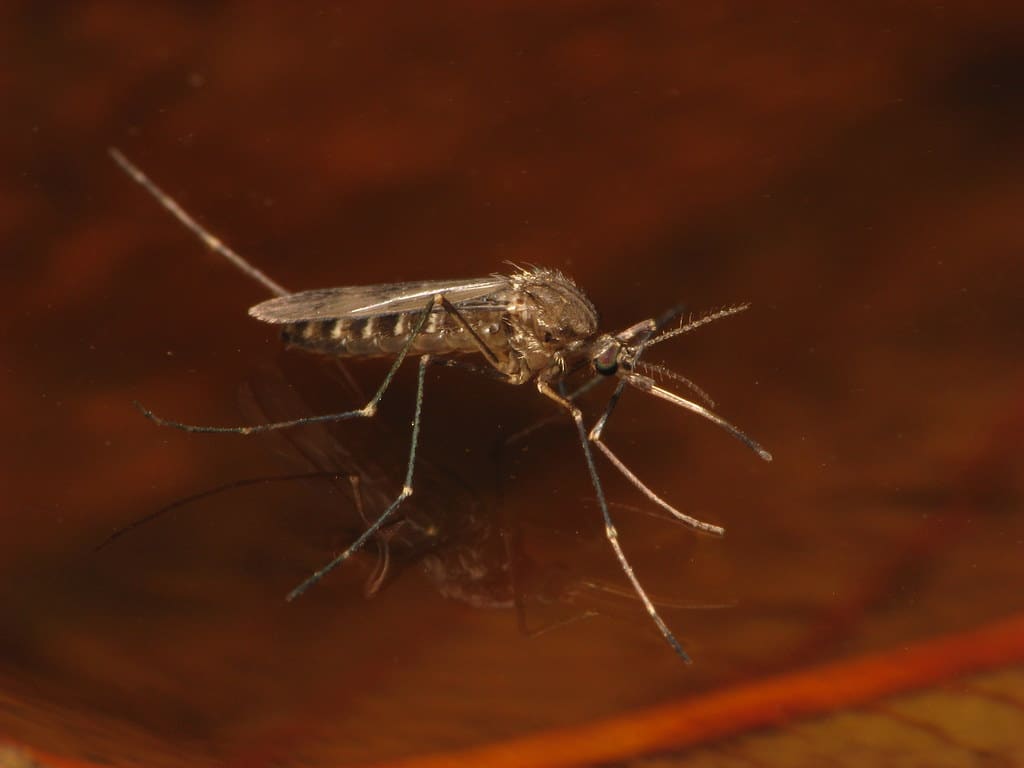
Among the different types of mosquitoes is the Culiseta. Culiseta is adapted to the cold climate, mostly in black and brown colors with sparkling wings and legs. Thus, it is larger than other mosquitos.
These mosquitoes do not feed on humans. So, they cannot transmit Eastern Equine Encephalitis (EEE), but they are active feeders on mammals and birds.
Culisetas live in wet wooded swamps, often nesting in the roots of fallen trees where their larva can survive.
They are widespread worldwide and actively hunt for food during the evening hours.
Although less dangerous for humans than other mosquitos, Culiseta still poses a risk.
Therefore, it is best to take precautions when near these creatures, like any other type of mosquito.
5. Culex
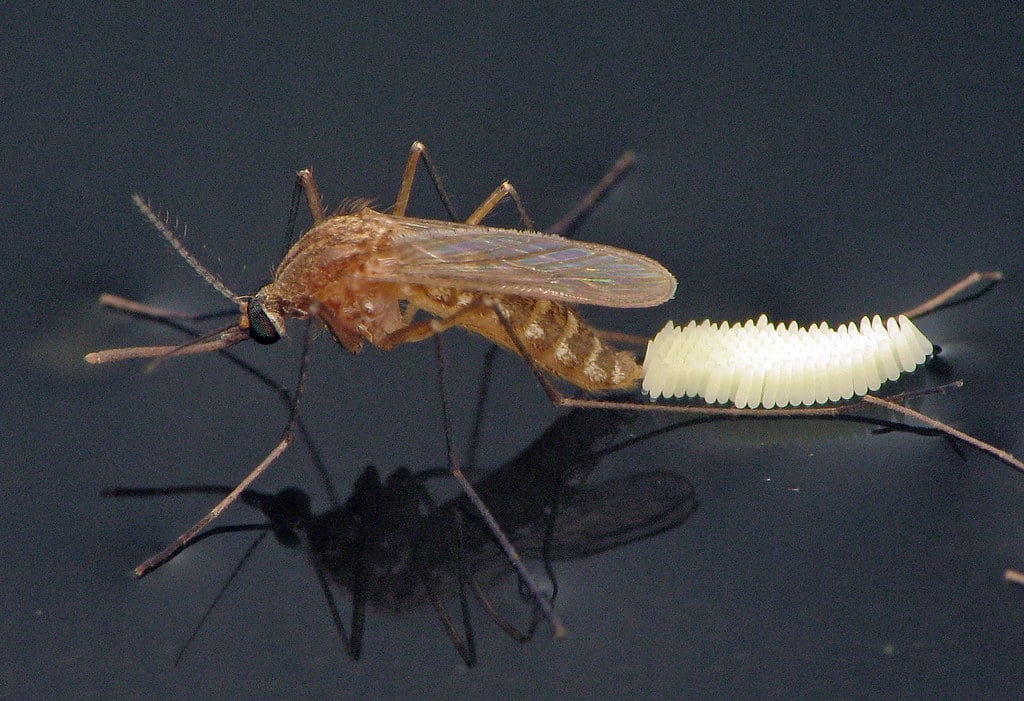
Culex Pipiens mosquitoes are common among the different types of mosquitoes.
They have adapted to be active both day and night, usually taking advantage of the cooler temperatures at night.
Generally situated near freshwater resources, these mosquitoes lay eggs in pools and ponds.
As a result of their proximity to water and human habitats, Culex Pipiens can transmit contagious diseases to people through their bite.
In contrast to Culex Pipien, Culiseta mosquitoes do not often bite humans.
Living in cold climates, these hardy creatures instead feed mostly on mammals and birds as an alternative source of food.
Unlike their cousins-in-genus, who spread disease amongst humans, they cannot pass on Eastern Equine Encephalitis as people aren’t part of their diet.
6. Psorophora
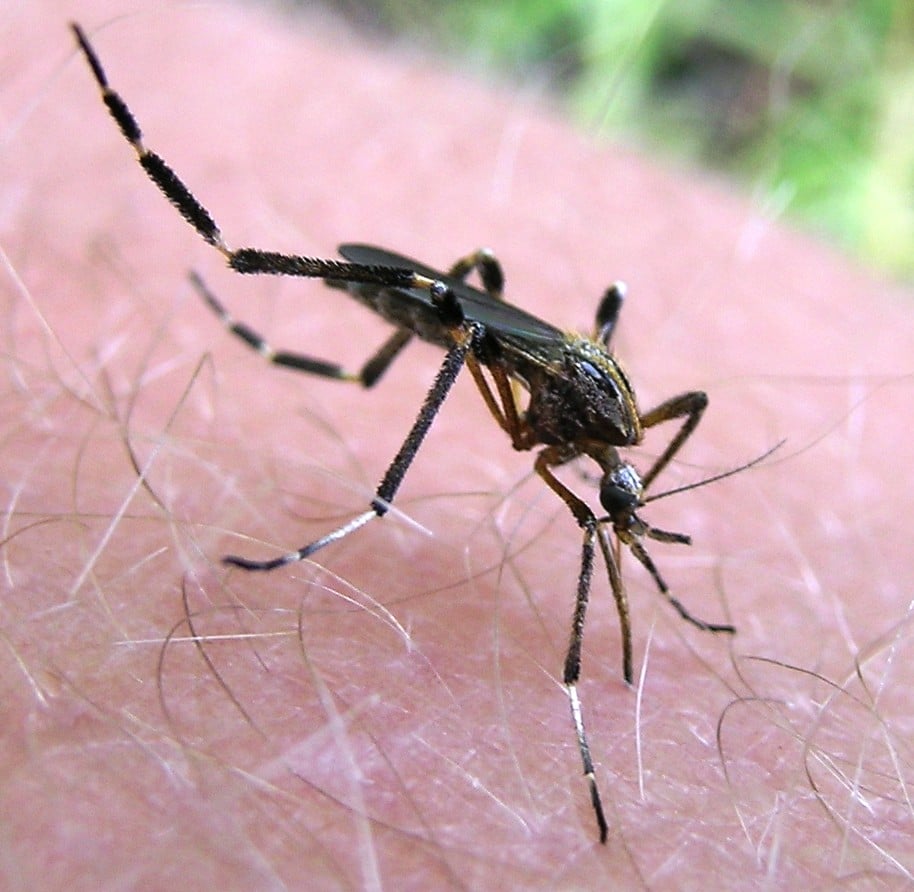
Psorophora is an aggressive genus of mosquitoes, often preying on large mammals like humans.
These species travel long distances in search of blood meals. Typically, these mosquitoes breed near roadside ditches, woodland pools, and pastures.
Unlike other species of mosquitoes, Psorophora is unique in that they do not pose any risk to humans, as their primary food source is plant nectar.
Also, their larvae are predators of the larvae of other mosquitoes in the same region.
Toxorhynchites are a subspecies under the Psorophora genus. They have distinctive breeding grounds inside tree holes and artificial containers.
They also maintain the delicate balance of the insect population by predating on other mosquitoes’ larvae and consuming small insects alongside various plant materials for added sustenance.
Despite its name and reputation as a ferocious predator, this genus does not directly engage with humans or pose any threat to human health or life.
7. Wyeomyia

Wyeomyia is also among the different types of mosquitoes. They’re widely distributed throughout the neo-tropic region. Also, they have been associated with pitcher plants and bromeliads.
These harmless mosquitoes feed on nectar, plant saps, and other sweet solutions. However, mating usually takes place near the surface of a water source.
The distinguishing features of adult Wyeomyia include the yellowish coloration on the thorax anterior, two distinct gray patches behind their eyes, and highly visible palpi (antennae).
Further, these mosquito species can’t transmit human diseases or pose health hazards.
So they do not tend to be vectors like certain other species linked with outbreaks of diseases in humans.
On the contrary, they make up an important part of diets for several different animals.
Despite their often minor presence in some areas due to habitat loss, these little creatures add another colorful layer to our environment.
8. Toxorhynchites
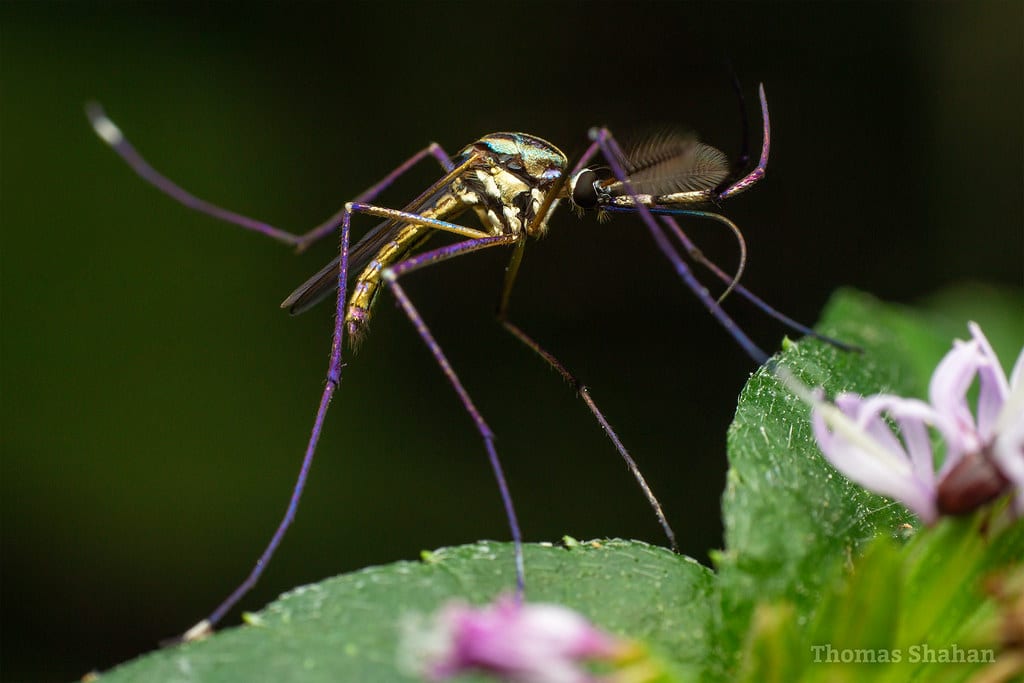
Toxorhynchites mosquitos are the last on our list of the different types of mosquitoes. They have unique breeding habits and don’t pose any risk to humans.
They usually breed inside tree holes or other artificial containers and feed on plant nectar instead of blood.
Another interesting trait of these mosquitoes is their close association with pitcher plants and bromeliads.
They often feed on nectar from these plants, increasing interest from researchers and hobbyists alike.
Unlike other common types of mosquitoes, Toxorhynchites mosquitos don’t transmit any virus.
Thus, they aren’t harmful to humans unless you travel into their area.
These mosquitoes present an interesting mix between fascinating behavior and a relatively harmless presence in most regions.
Bottom Line
For people and animals, mosquitoes can be annoying and possibly a risk.
We can, however, take precautions to stop their spread and save ourselves from their bites by being aware of the many species of mosquitoes.




